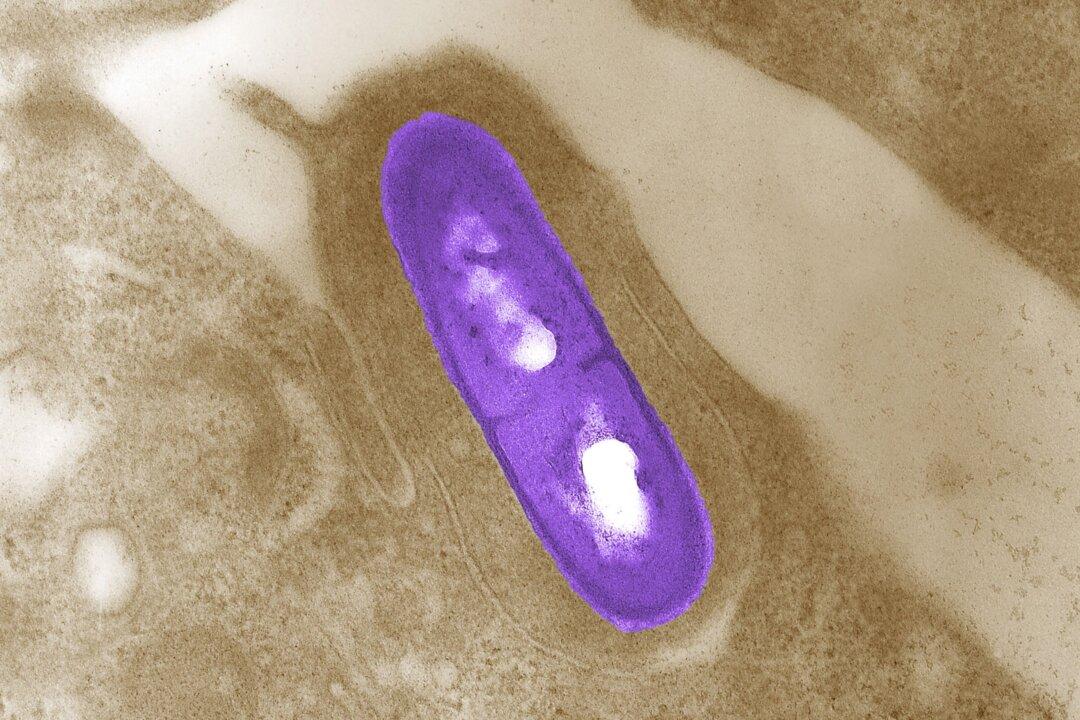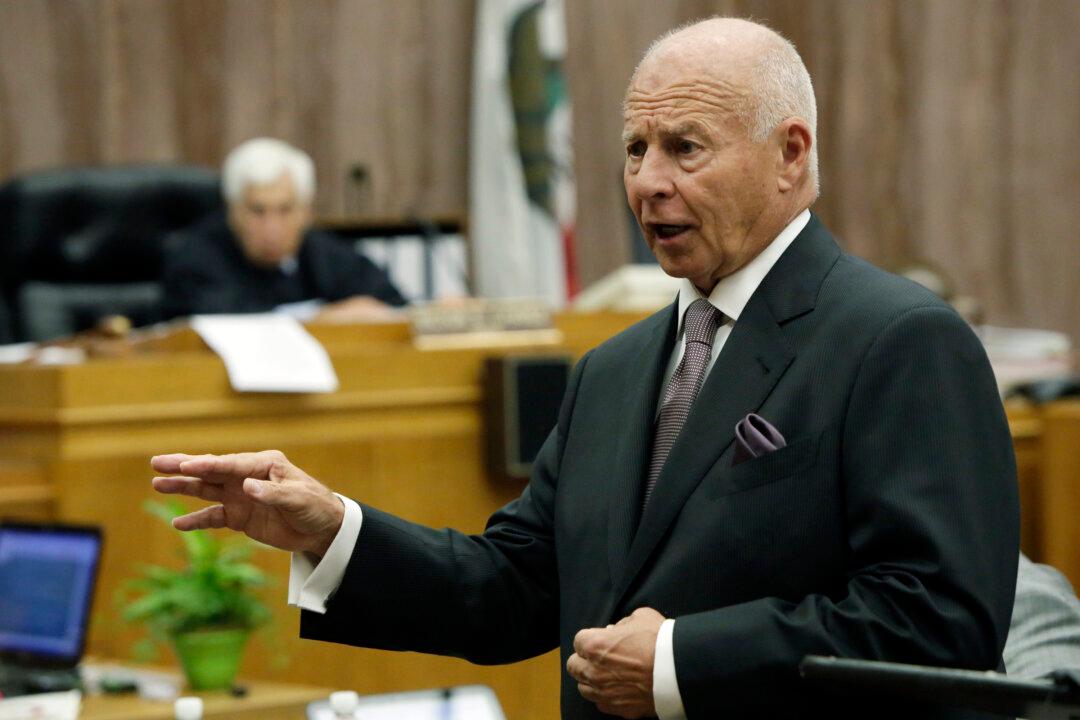The two-year plan applies to multiple federal agencies, critical infrastructure owners and operators, as well as other government and private sector stakeholders.
The guidance outlined specific areas of priority in accordance with President Joe Biden’s National Security Memorandum on Critical Infrastructure Security and Resilience (NSM-22), and will focus on five critical issues.
At the top of the list stands the continually growing risk of cyber attacks, sabotage, and other threats posed by China’s communist regime.
“Attacks targeting infrastructure essential to protect, support, and sustain military forces and operations worldwide or that may cause potential disruptions to the delivery of key goods or services to the American people must be our top priority,” wrote Mr. Mayorkas.
“Capacity building efforts to address the PRC (People’s Republic of China) threat will increase the security and resilience of our infrastructure against other state and non-state sponsored actors,” he wrote.
The memo further outlines the “management of evolving risks and opportunities presented by artificial intelligence and other emerging technologies,” in addition to “identifying and mitigating supply chain vulnerabilities” and addressing the “growing dependency of critical infrastructure on space systems and assets.”
The DHS release describes a whole-of-society effort to “protect the critical infrastructure systems on which Americans rely every day.”
“From the banking system to the electric grid, from health care to our nation’s water systems and more, we depend on the reliable functioning of our critical infrastructure as a matter of national security, economic security, and public safety,” said Mr. Mayorkas.
The release stated that efforts to implement the plan will be coordinated by the director of the Cybersecurity and Infrastructure Security Agency (CISA), Jen Easterly.

“Through close collaboration with our partners, CISA and the Department are working toward safer and more secure critical infrastructure to ensure the functioning of government, the delivery of essential services, and the protection of the American people,” said Ms. Easterly.
According to the 2024 Homeland Security Threat Assessment, attacks on U.S. infrastructure by foreign and domestic adversaries remain likely in the future, which increases the risk for U.S. industries, especially as the tactics involved are becoming more sophisticated.
This could potentially affect a wide range of goods and services Americans need, including food, electricity, and access to clean water.






